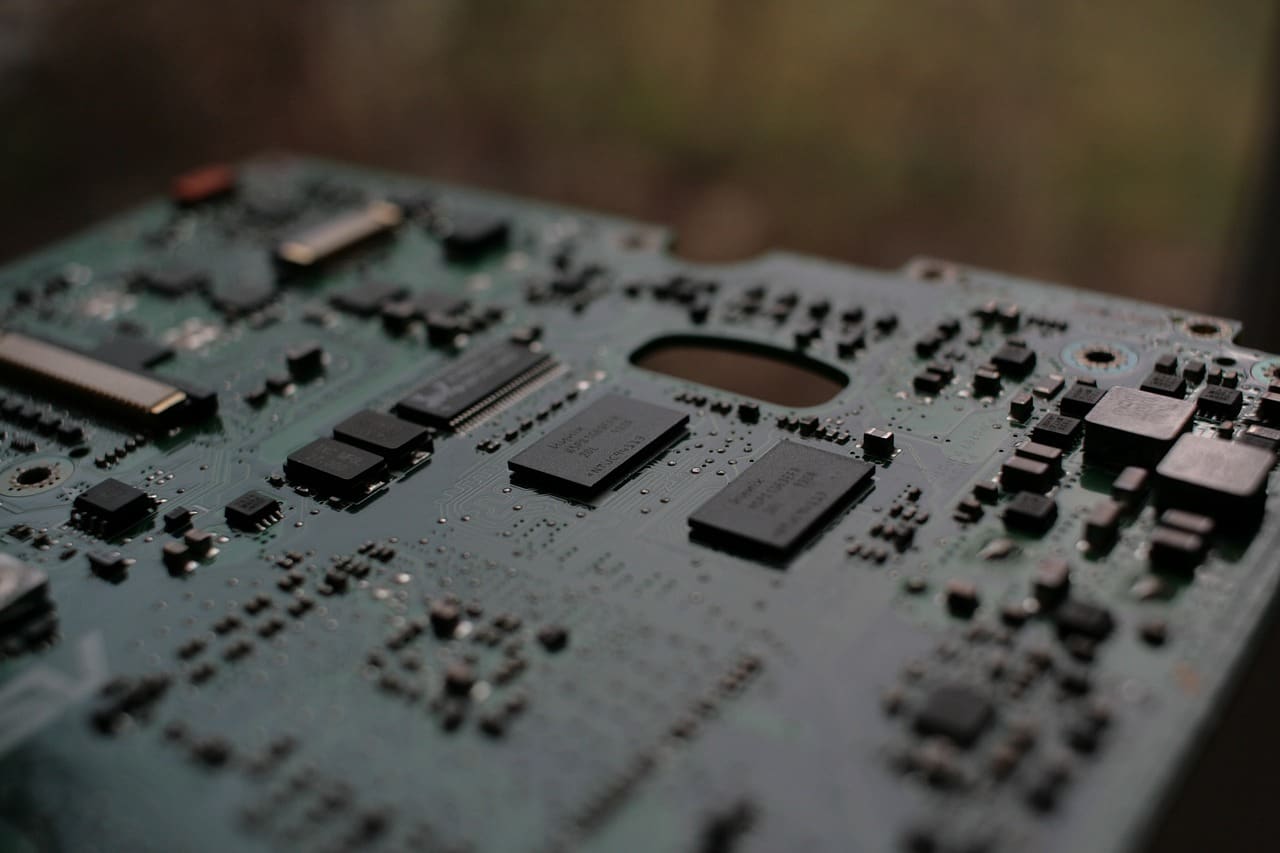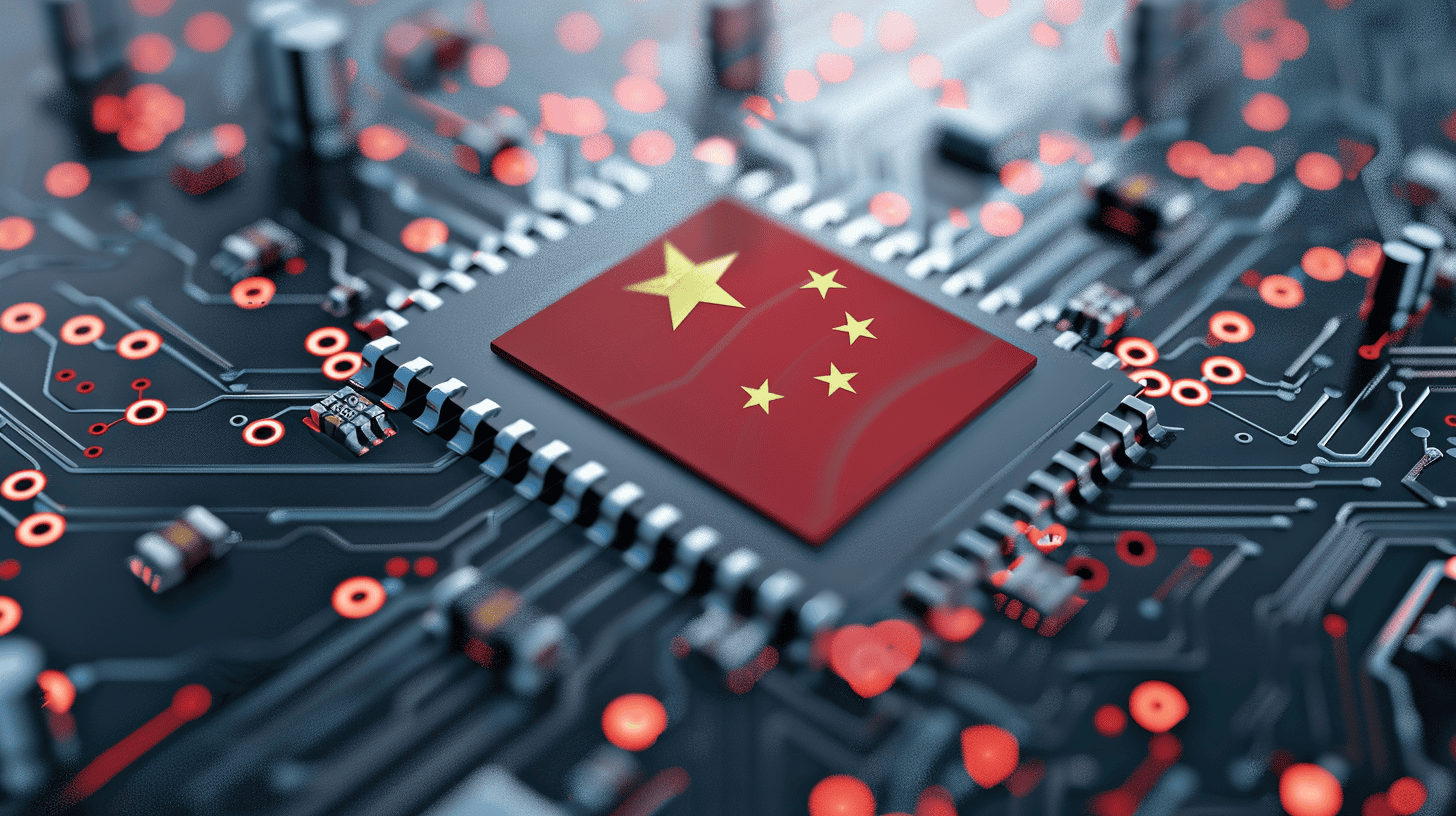
Last week, Huawei released the Mate 60 (Pro) in China. We don’t normally write about the latest gadgets at Innovation Origins, but for these smartphones we make an exception. Namely, they are said to feature a China-made Kirin 9000 chip. Even though Huawei did not share too many details, an analysis from TechInsights, the authoritative information platform on the semiconductor industry, showed that the Mate 60 includes a 5G application processor and SoC (system-on-chip) from HiSilicon: the Kirin 9000s.
- Huawei’s new Mate 60 and 60 Pro smartphones are built around the Kirion 9000s chip;
- This chip is the first of its kind to utilize SMIC’s most advanced 7nm technology;
- The launch of the Mate 60 could have far-reaching geopolitical implications, challenging the American and Dutch export restrictions.
Defying the Odds with Domestic Chip Production
The Mate 60 Pro’s secret weapon, the Kirin 9000s chip, is the product of the Semiconductor Manufacturing International Corp (SMIC), a partly state-owned Chinese company. This chip, the first of its kind to utilize SMIC’s most advanced 7nm technology, signals a significant step forward in China’s bid to build a self-sufficient chip ecosystem. This breakthrough, a feat thought impossible without access to restricted Western technology, underscores China’s determination to compete with the US and other rivals in the high-stakes race for technological dominance.
A Potential Game-Changer in the 5G Chip Embargo
More than just a technological victory, the launch of the Mate 60 Pro could have far-reaching geopolitical implications. Since the US-led sanctions began in 2019, Huawei’s ability to produce high-performance handsets has been significantly limited. If Huawei has indeed succeeded in developing its own 5G chips, this could potentially undermine US efforts to restrict its progress. The US and several European countries have prohibited Huawei from supplying 5G network equipment due to national security concerns.

SMIC’s Role in Huawei’s Comeback
US sanctions have affected Huawei’s production capabilities and significantly affected its financial performance. In 2020, Huawei’s consumer business revenue peaked at 483 billion yuan ($67 billion) before experiencing a nearly fifty percent decline the following year. The company’s ability to sell 5G models was severely limited, forcing it to sell 4G handsets and limited batches of 5G models using stockpiled chips.
Despite these setbacks, Huawei regained a ten percent market share in China in the first quarter of this year. This recovery is largely due to Huawei’s collaboration with SMIC, which is believed to have leveraged its N+1 manufacturing process to produce 5G chips for Huawei. However, research firms predict that the yield rate of usable chips may be less than fifty percent, potentially limiting 5G shipments to approximately two to four million units.
An Uncertain Future Amidst Ongoing Struggles
Despite the challenges, Huawei remains committed to re-establishing its presence in the 5G smartphone industry, with a target of forty million units for mobile shipments in 2023. Yet, the road ahead is fraught with uncertainty. The high cost and low yield rate of the 5G chips pose significant obstacles[4]. Moreover, Huawei’s reliance on Google’s Android operating system and developer services limits the appeal of its handsets outside of China.







